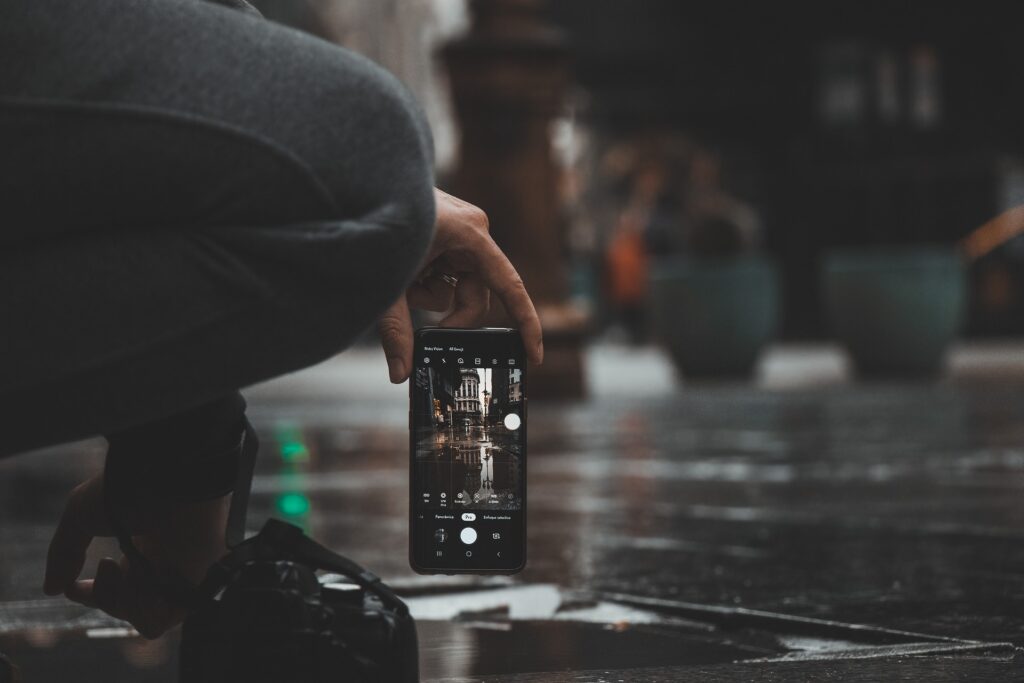Conceptual photography is a genre that emphasizes ideas, themes, and narratives expressed through visual imagery. This comprehensive article delves into the history, techniques, artistic considerations, practical tips, cultural impact, and trends of conceptual photography for audiences in the United States.

Introduction to Conceptual Photography
Conceptual photography transcends traditional aesthetics by focusing on conveying abstract concepts, emotions, and narratives through visual symbolism, composition, and artistic interpretation. It encourages photographers to explore personal experiences, societal issues, and philosophical themes, transforming conceptual ideas into compelling visual stories.

History and Evolution
The roots of conceptual photography can be traced to conceptual art movements in the 1960s and 1970s, where artists challenged conventional perceptions of art through conceptual ideas and intellectual engagement. Photographers adopted these principles to create thought-provoking images that evoke introspection, critical analysis, and emotional responses through symbolic representations and visual metaphors.

Techniques and Artistic Considerations
Visual Storytelling: Develop cohesive narratives and thematic concepts that resonate with viewers, addressing universal themes such as identity, memory, social justice, environmental sustainability, and cultural diversity. Use visual symbolism, allegories, and juxtapositions to convey layered meanings and provoke viewer interpretation in conceptual photography.
Composition and Symbolism: Employ compositional techniques, including minimalism, surrealism, abstraction, and negative space, to emphasize conceptual themes and evoke emotional responses. Experiment with lighting, color palettes, and visual textures to enhance narrative depth and convey mood, atmosphere, and conceptual ideas effectively.

Practical Tips for Conceptual Photographers
Concept Development: Brainstorm ideas, research conceptual themes, and sketch visual concepts to plan and conceptualize photography projects. Collaborate with artists, writers, or creative collaborators to refine concepts, storyboard narratives, and integrate multidisciplinary perspectives into conceptual photography series.
Props and Set Design: Use props, costumes, and thematic elements to create narrative scenes, evoke historical contexts, or convey abstract concepts visually. Experiment with staging, spatial arrangements, and environmental backdrops to enhance storytelling elements and establish visual coherence in conceptual photography projects.

Cultural Impact and Contemporary Trends
Social Commentary: Conceptual photography addresses contemporary issues, societal challenges, and cultural narratives through visual storytelling. Photographers engage audiences in critical discourse, advocacy campaigns, and awareness initiatives, fostering empathy, social change, and collective consciousness on global and local issues.
Digital Innovation: Embrace digital photography advancements, editing software (e.g., Adobe Photoshop, Lightroom), and multimedia platforms to create digital collages, composite images, and interactive installations that expand conceptual photography’s narrative possibilities and audience engagement.

Conclusion
In conclusion, conceptual photography offers a platform for photographers to explore, interpret, and communicate abstract ideas, personal experiences, and societal narratives through visual imagery. By blending artistic expression, thematic exploration, and technical proficiency, conceptual photographers challenge perceptions, provoke dialogue, and inspire creative inquiry among audiences in the United States and beyond.
From introspective self-portraits and symbolic landscapes to multimedia installations and social documentaries, conceptual photography continues to evolve as a dynamic medium for artistic experimentation, cultural commentary, and storytelling innovation. As photographers navigate conceptual landscapes, explore diverse perspectives, and engage with contemporary issues, the art and impact of conceptual photography inspire reflection, dialogue, and transformative insights into the human experience through the lens of creative imagination.
